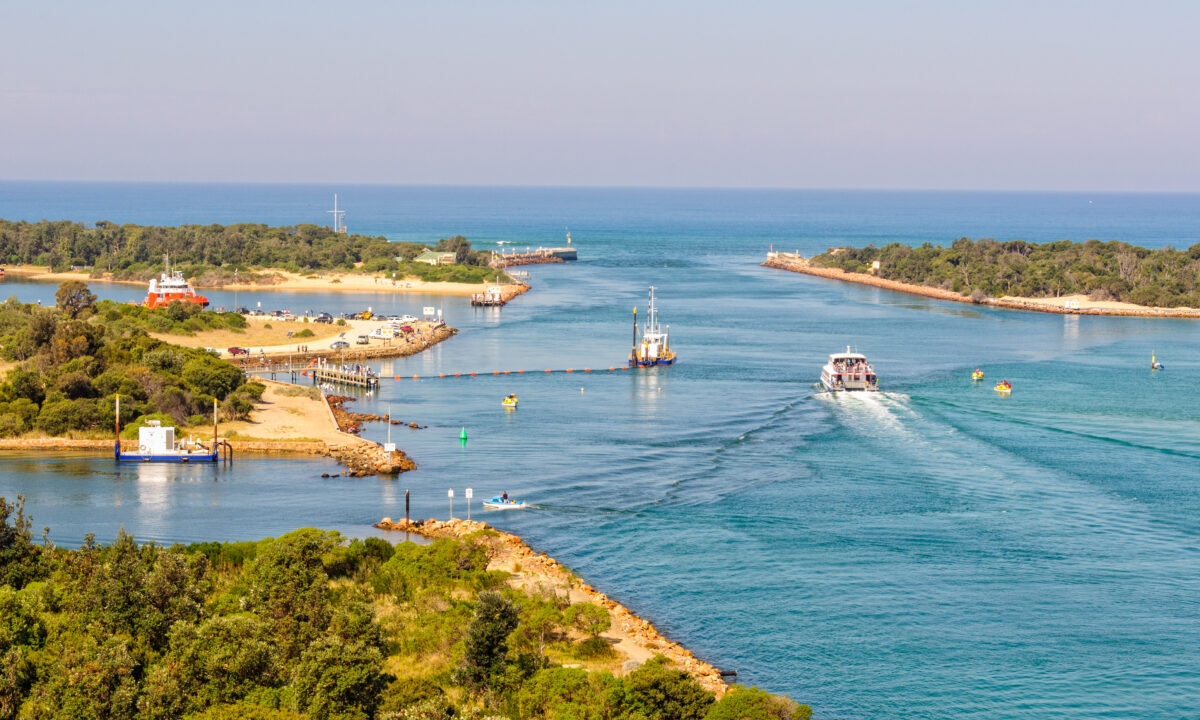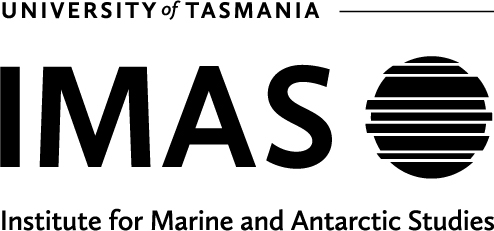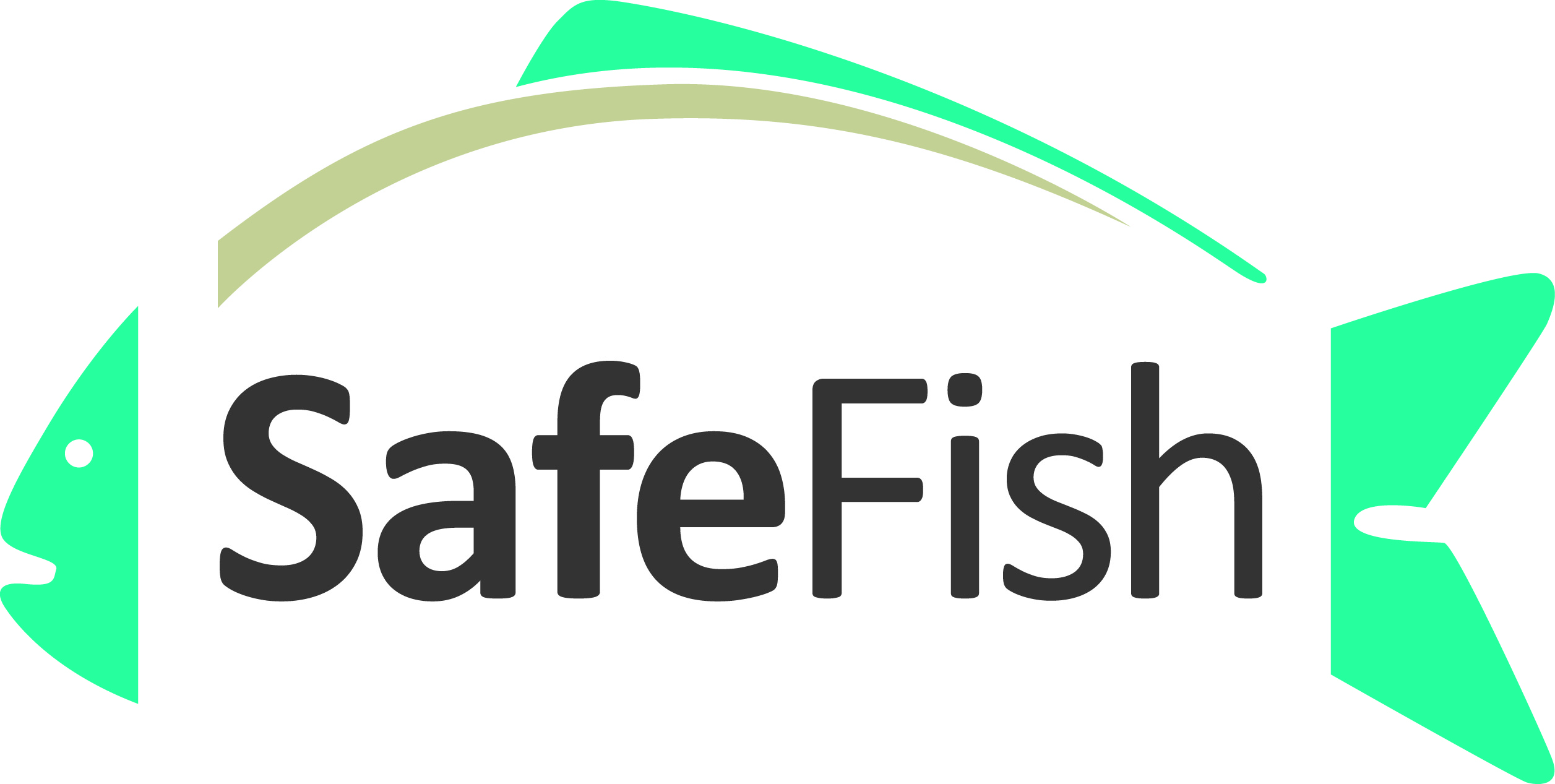Toxicological studies of nodularin to underpin risk management of seafood in Gippsland Lakes
This two-year collaborative project brings together expertise in seafood safety, toxic cyanobacteria and toxicology to evaluate the food safety risk posed by the accumulation of a prevalent cyanobacterial toxin (cyanotoxin) in seafood.
Background
The Gippsland Lakes (Victoria, Australia) are important for recreational, tourism and commercial activities. Shellfish, crustaceans and fish are both commercially and recreationally collected making the lakes a significant food source. However, the lake system sometimes suffers from blooms of cyanobacteria (Nodularia spumigena) which produce the cyanotoxin, nodularin.

This hepatotoxin has been associated with livestock deaths and has been shown to bioaccumulate in aquatic species raising questions around the safety to consumers of seafood harvested from bloom affected areas (including the ocean areas that the lake system flows into). A current lack of knowledge on the toxicity of nodularin prevents a robust safety evaluation limiting risk management options.
To determine a safe limit for nodularin in seafood, toxicological assessment is required. This information will be generated by determining the acute toxicity (one-off dose) and chronic toxicity (repeated doses) of nodularin following protocols and guidelines from the OECD (Organisation for Economic Co-operation and Development). Existing information on nodularin concentrations in seafood from Gippsland Lake will be collated and compared to the toxicity data generated. The combination of these pieces of information will allow the potential of the human health risk posed by nodularin to be determined.
We will work with Victorian regulatory agencies to integrate the project results into updated risk management practices that avoid unnecessary fisheries closures while ensuring that human health is protected. Wider communications with interested stakeholders will also be undertaken throughout the project, providing further information on the risk associated with cyanotoxin accumulation in aquatic foods.
Funders and Partners
This project (2023-125 Toxicological studies of nodularin to underpin risk management of seafood in Gippsland Lakes) was made possible through the support from the Fisheries Research and Development Corporation (FRDC) on behalf of the Australian Government.
The research partners for this project include Cawthron Institute, AgResearch, University of Tasmania and SafeFish.
The project’s steering committee includes representation from FRDC, Prime Safe, Victoria Fisheries Authority, Victorian Health Department, VRFish, Victorian Recreational Fishing Peak Body, Seafood Industry Victoria, Department of Energy, Environment and Climate Action, Gunaikurnai Land and Waters Aboriginal Corporation.
Contacts
Team Leader, Aquatic Molecular Ecology | Cawthron Institute
Senior Scientist | AgResearch
Manager, Food and Bioactives | Cawthron Institute
Junior Scientist | Cawthron Institute
Senior Research Fellow – Seafood Safety | University of Tasmania
Senior Laboratory Technician | Cawthron Institute










